NEDC and WLTP standards
NEDC and WLTP are both adopted by the United Nations Economic Commission for Europe (UNECE). NEDC (New European Driving Cycle) is the new European driving cycle, while WLTP (Worldwide Harmonised Light Vehicle Test Procedure) is the global harmonised light vehicle test procedure.
Among them, NEDC has a very long history, introduced in the 80s (20th century).
Initially, NEDC was used to measure the distance traveled and fuel consumption of gasoline and diesel cars before expanding to measure electric cars.
As a replacement for the NEDC, the WLTP standard was introduced on 1 January 2019. WLTP provides fuel consumption ratings for petrol, diesel, electric and hybrid vehicles.
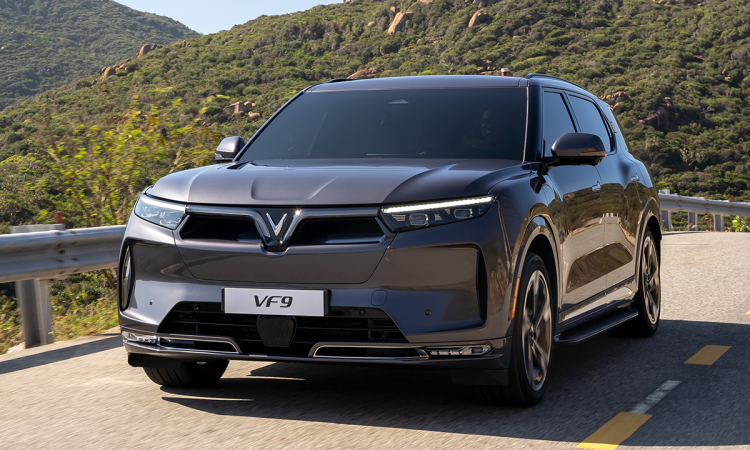
Vinfast 's two SUV models VF8 and VF9 announced mileage figures according to WLTP standards.
The difference between the two standards is the test duration. While NEDC consists of one 20-minute phase, WLTP has four phases with intensity from low to high, lasting 30 minutes.
The WLTP standard allows vehicles to collect operating parameters at 4 speed ranges including low (maximum from 49.1-56.5 km/h), medium (maximum from 64.4-76.6 km/h), high (maximum from 85.2-97.4 km/h) and very high (maximum 131.3 km/h), from which the average result is obtained.
In Vietnam, some officially distributed electric car models have the distance traveled after each charge measured according to NEDC standards, such as VinFast VF e34 and VF 5. The two SUV models VinFast VF 8 and VF 9 publish this data according to WLTP standards.
EPA standards
EPA is the testing standard of the US Environmental Protection Agency (EPA). This process is called Multi-Cycle City/Highway Test Procedure.
The test procedure begins with a fully charged battery and parking overnight. The next morning, the EPA will run the vehicle through a series of simulated city and highway driving tests until the battery is depleted.
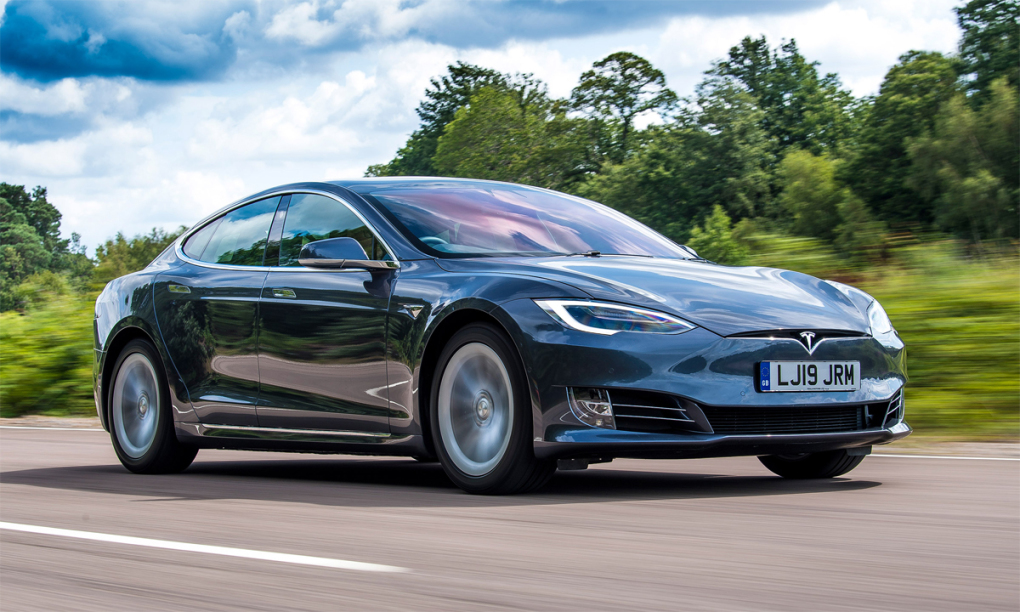
Electric vehicles in the US will use EPA standards to measure mileage.
Therefore, the improved range of electric vehicles due to the efficiency of electric vehicle batteries depends largely on the ambient temperature. Environments that are too hot or too cold can reduce the operating range of electric vehicles.
Furthermore, the EPA tests are focused on driving conditions in the US, while the WLTP tests are focused on the European market. Therefore, the differences between the two measurement standards are inevitable.
CLTC Standard
Previously, electric car manufacturers from China mostly used the NEDC standard to estimate the range of electric cars.
However, China has now developed and is gradually applying a new method of testing the range and fuel consumption of electric vehicles for the domestic market, which is CLTC. This new standard promises to bring more accurate results than NEDC.
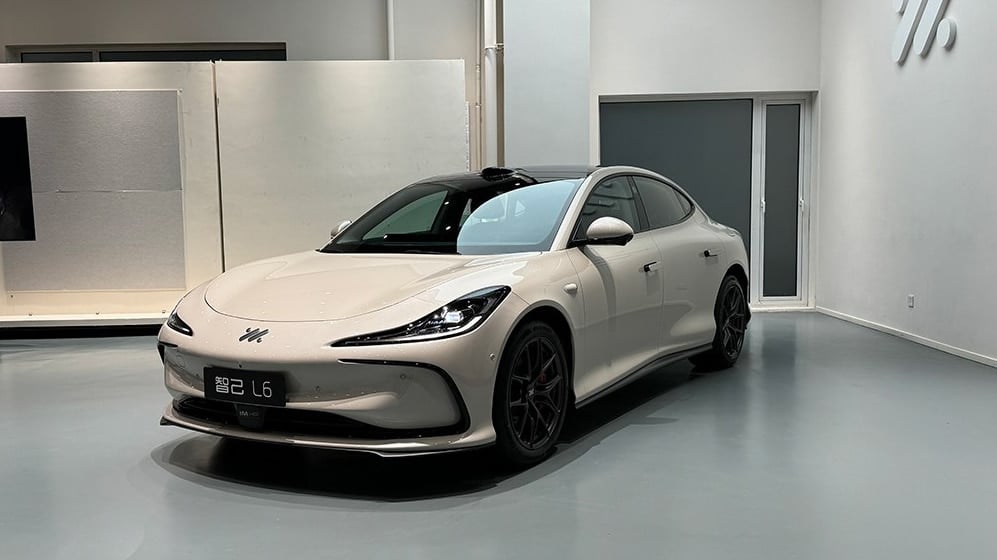
CLTC standards are being applied by Chinese car manufacturers.
The CLTC test consists of three stages: low, medium and high speed. The test lasts 30 minutes and the vehicle travels a total distance of about 14.5 km. The CLTC procedure can be considered quite similar to the European standard procedures.
There are, however, some important differences between WLTP, NEDC and CLTC, such as idling during fuel consumption testing (the CLTC standard lasts twice as long as the NEDC).
In addition, the CLTC test includes more stops than the WLTP and the CLTC test speed limit (114 km/h) is significantly lower than both the NEDC and WLTP.
Source: https://xe.baogiaothong.vn/cac-bo-tieu-chuan-do-tam-hoat-dong-cua-xe-dien-192240403111103989.htm





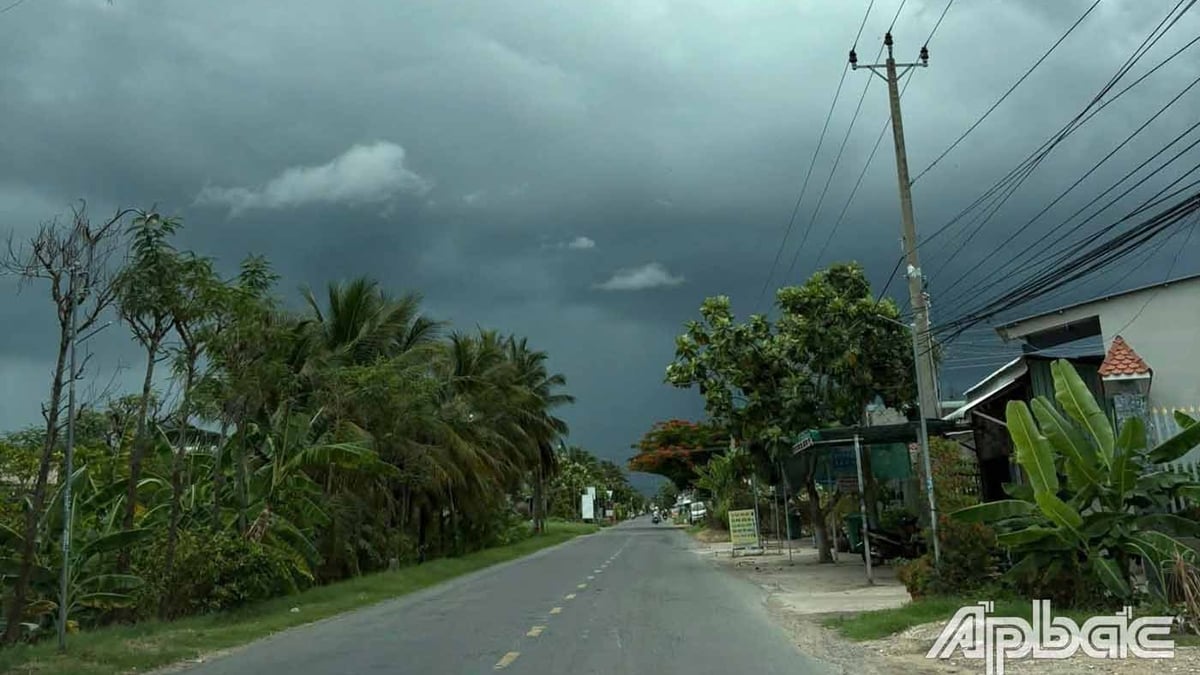













































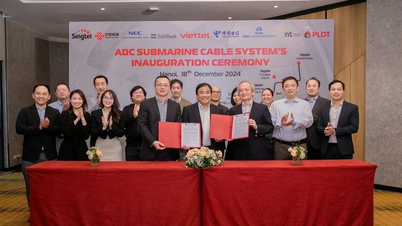















































Comment (0)